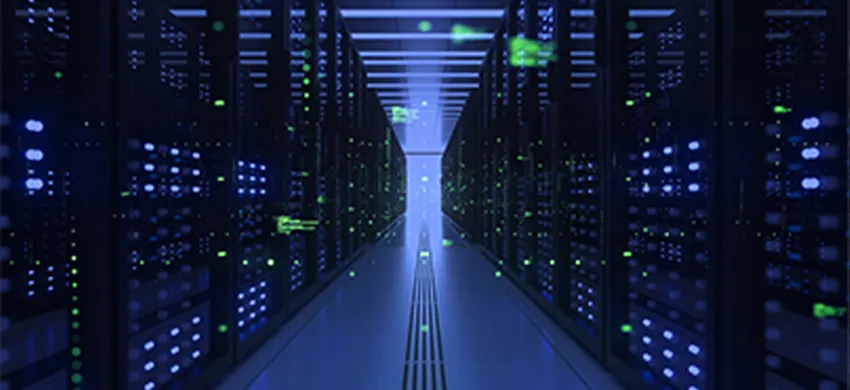The demand for high-performance servers and GPUs was initially sparked by Chat GPT. Since this year, 25% of the hardware's computing power has been used to handle access, and the remaining 75% has been used to train models. This is due to the fact that the daily access volume is only tens of millions to billions of bytes at the moment. It's not impossible that the volume of access will increase to hundreds of millions the following year. In this scenario, the ratio of access computing power to training computing power will be reversed, and there will also be an increase in data center investment.
According to historical investment experience data, for roughly every 10 billion US dollars invested in data centers, 6 billion US dollars will be used for plant, power equipment, and air conditioning; and the remaining 4 billion US dollars will be split as follows: 16% will be used for data center interconnection; 77% will be used to purchase servers; 4% will be used to purchase switches; and 3% will be used to purchase fiber optical transceiver.
We need to describe the data center architecture and computing assumptions before the calculation. A leaf-spine structure is used in the current data center architecture. Server, top-of-rack switch, leaf switch, spine switch are the levels in ascending order from lowest to highest. There are three levels of data exchange within this structure. The fiber optical transceiver on the server are all of short distances (less than 100m) and lower rate (less than 100G), so keep in mind that the closer to the server, the smaller the amount of data that can be exchanged.
The branches have such high bandwidth that it is unnecessary to have the same rate of bandwidth on the switch that is in the flow aggregation, so we are unable to use high-speed fiber optical transceiver like 400G and 800G close to the server.
There are 24 servers in a single cabinet, each with 4 uplink interfaces, and they all use either 50G or 100G 100m to connect to the ToR switch. ToR uplink and downlink ports are distributed in a 1:6 ratios from ToR switch to leaf switch. With 16 uplink ports, there are 96 downlink ports. As an uplink, it utilizes a 400G 100m fiber optical transceiver. Using 400G/800G 500m fiber optical transceiver, the leaf switch's uplink and downlink port ratio is 1:6, with 48 downlink ports and 8 uplink ports. 64 downlink ports using 400G/800G 500m/2km fiber optical transceiver on the spine switch.
Different operators have different data center architectures; it is impossible to predict the demand for fiber optical transceivers with any degree of accuracy without access to data center design drawings. To an order of magnitude, more fiber optical transceivers are typically present than servers, though this difference is not always the case.

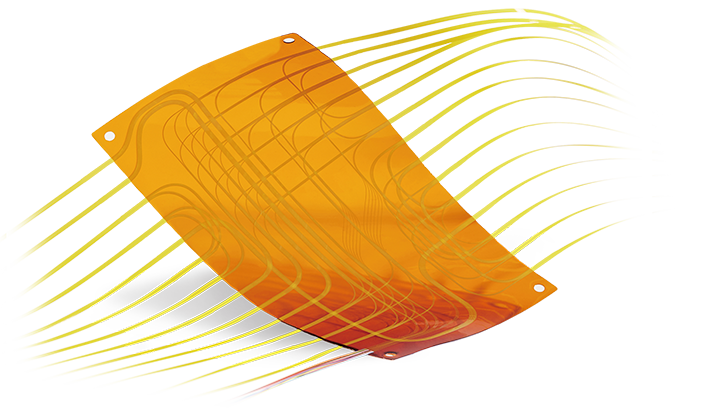 Fiber Optic Flex Circuit (FOFC)
Advanced Simulation & Optimization, High Positioning Accuracy, Flexible Customization, Rigorous Reliability Testing
Fiber Optic Flex Circuit (FOFC)
Advanced Simulation & Optimization, High Positioning Accuracy, Flexible Customization, Rigorous Reliability Testing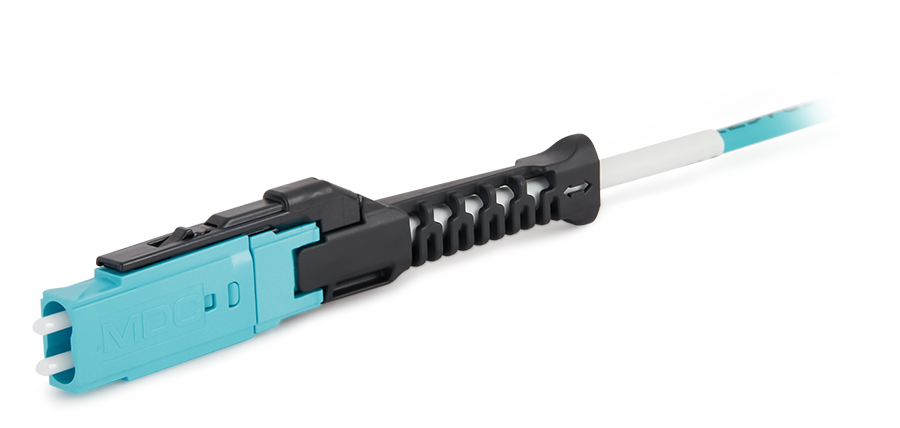 MDC Solution
US Conec's MDC connector is a Very Small Form Factor (VSFF) duplex optical connector, expertly designed for terminating single-mode and multimode fiber cables with diameters up to 2.0mm.
MDC Solution
US Conec's MDC connector is a Very Small Form Factor (VSFF) duplex optical connector, expertly designed for terminating single-mode and multimode fiber cables with diameters up to 2.0mm.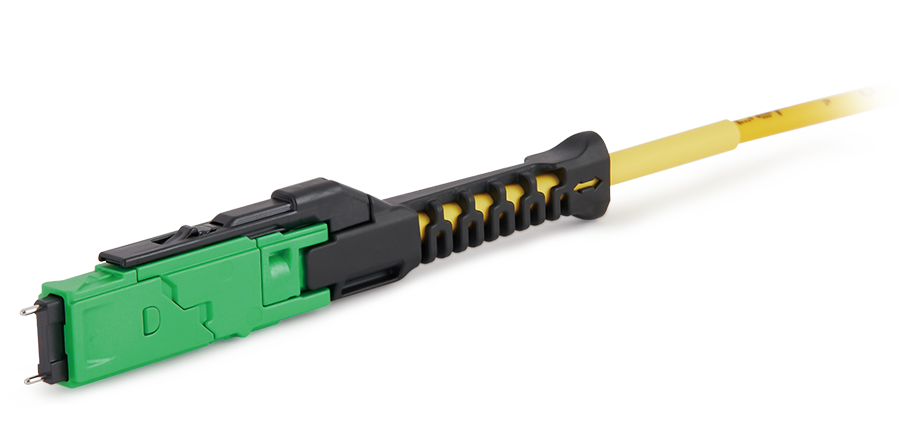 MMC Solution
US Conec's Very Small Form Factor (VSFF) multi-fiber optical connector that redefines high-density connectivity with its cutting-edge TMT ferrule technology and intuitive Direct-Conec™ push-pull boot design.
MMC Solution
US Conec's Very Small Form Factor (VSFF) multi-fiber optical connector that redefines high-density connectivity with its cutting-edge TMT ferrule technology and intuitive Direct-Conec™ push-pull boot design. EN
EN
 jp
jp  fr
fr  es
es  it
it  ru
ru  pt
pt  ar
ar  el
el  nl
nl 

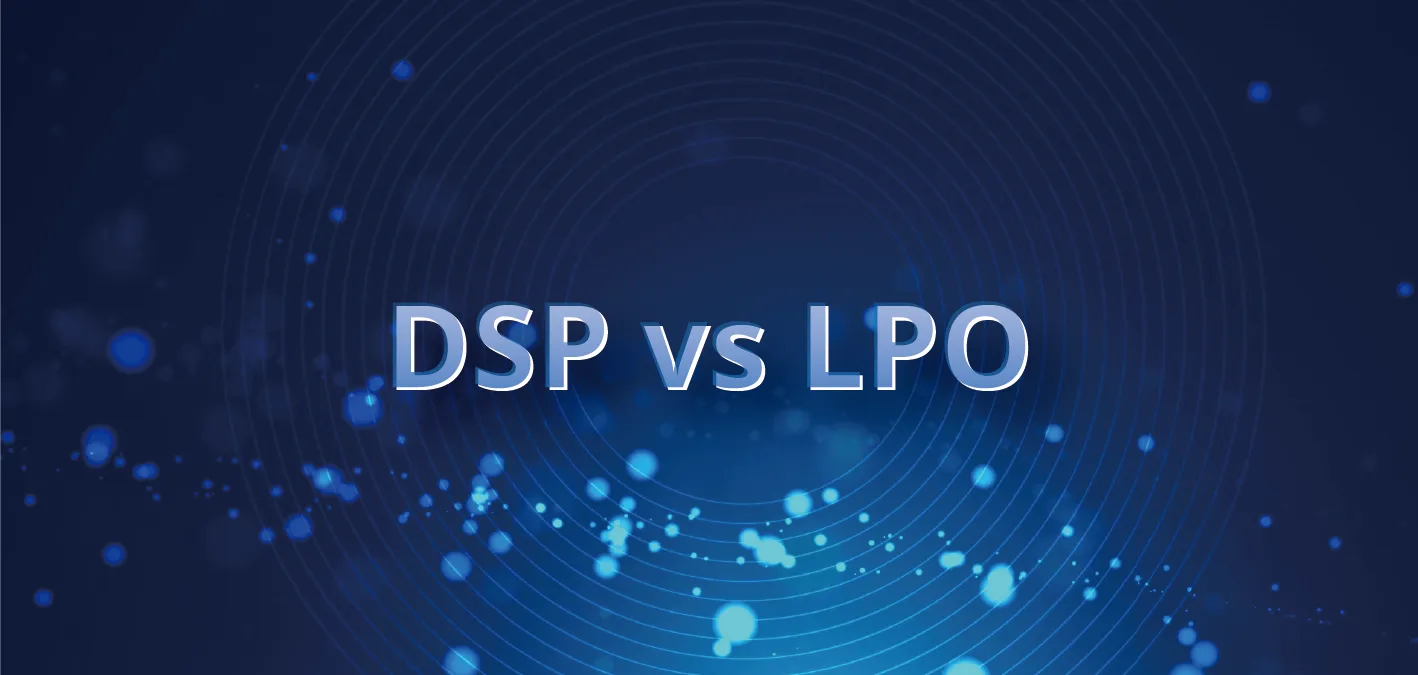
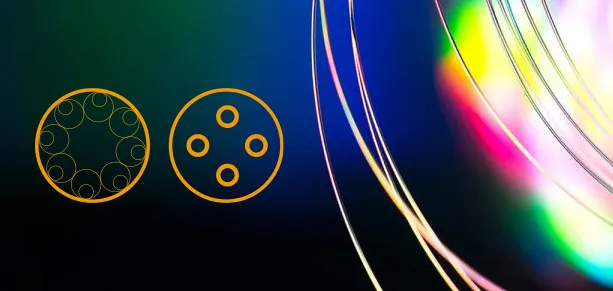
_and_High-Reflection_(HR)_Optical_Coatings.webp)
